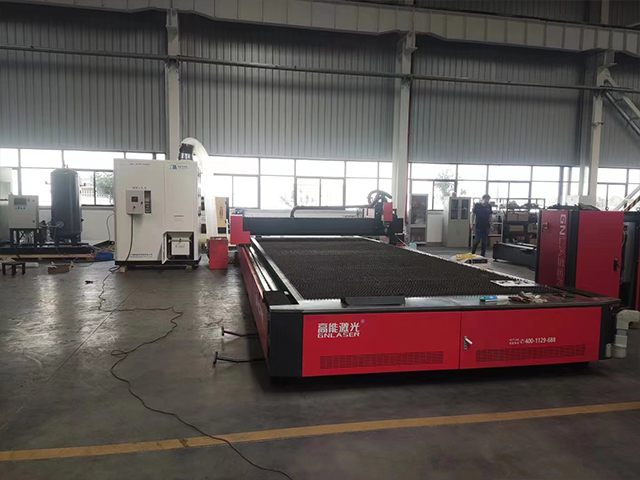Laser Dust Collector Structure
Laser dust collectors are specialized equipment designed to capture and filter dust particles generated during laser cutting, welding, or engraving operations. Their structure is crucial for efficient dust collection and maintenance of a clean work environment. Here's an overview of the key components that constitute the laser dust collector structure:
Suction System:
The suction system is the heart of the laser dust collector. It consists of a powerful motor and fan that generate the necessary airflow to draw in the contaminated air from the laser cutting area.
The suction system is typically enclosed in a metal housing to protect it from dust and debris.
The suction fan is connected to the dust collection chamber through a duct or hose, which directs the airflow.
Dust Collection Chamber:
The dust collection chamber is the main body of the laser dust collector. It houses the filters and collects the dust particles.
The chamber is usually made of metal or sturdy plastic material to ensure durability and resistance to dust accumulation.
The chamber design varies depending on the type and size of the dust collector. Some have removable sections for easy access and maintenance.
Filters:

Filters are the key component of the laser dust collector structure, as they capture and remove dust particles from the airflow.
Different types of filters are available, including mechanical filters, electrostatic precipitators, and wet scrubbers. The choice of filter depends on the specific application and the type of dust being collected.
Filters are usually placed within the dust collection chamber, and some dust collectors have multiple filters arranged in series to provide better filtration efficiency.
Dust Collection Bin:
The dust collection bin is located at the bottom of the dust collection chamber and collects the dust particles captured by the filters.
The bin is usually detachable for easy emptying and disposal of the collected dust.
Some dust collectors have automatic dust removal systems, such as pulse jet cleaning, to clean the filters periodically and reduce manual intervention.
Control Panel:
The control panel houses the electrical components and controls of the laser dust collector.
It typically includes switches, indicators, and gauges for monitoring and adjusting the suction power, filter condition, and other operating parameters.
The control panel may also have a display screen for displaying operational information and status updates.
Safety Features:
Safety features are crucial for the laser dust collector structure to ensure operator safety and prevent accidents.
Common safety features include explosion-proof design, fire detection and suppression systems, and emergency stop buttons.
Some dust collectors also have filters with spark arrestors to prevent ignition of the collected dust.
Mounting and Accessories:
The laser dust collector structure also includes mounting brackets, stands, or frames for installing the dust collector on the floor or wall.
Accessories such as suction hoses, adapters, and ductwork may be required to connect the dust collector to the laser cutting machine or other equipment.
In summary, the laser dust collector structure consists of a suction system, dust collection chamber, filters, dust collection bin, control panel, safety features, and mounting accessories. This comprehensive structure ensures efficient dust collection, maintenance of a clean work environment, and operator safety.